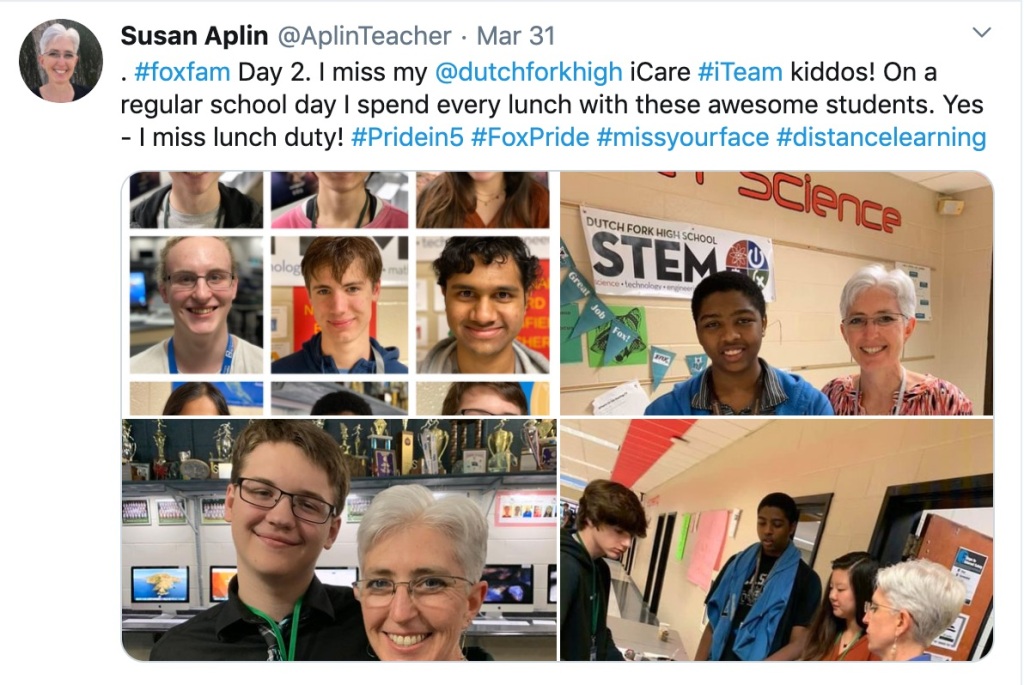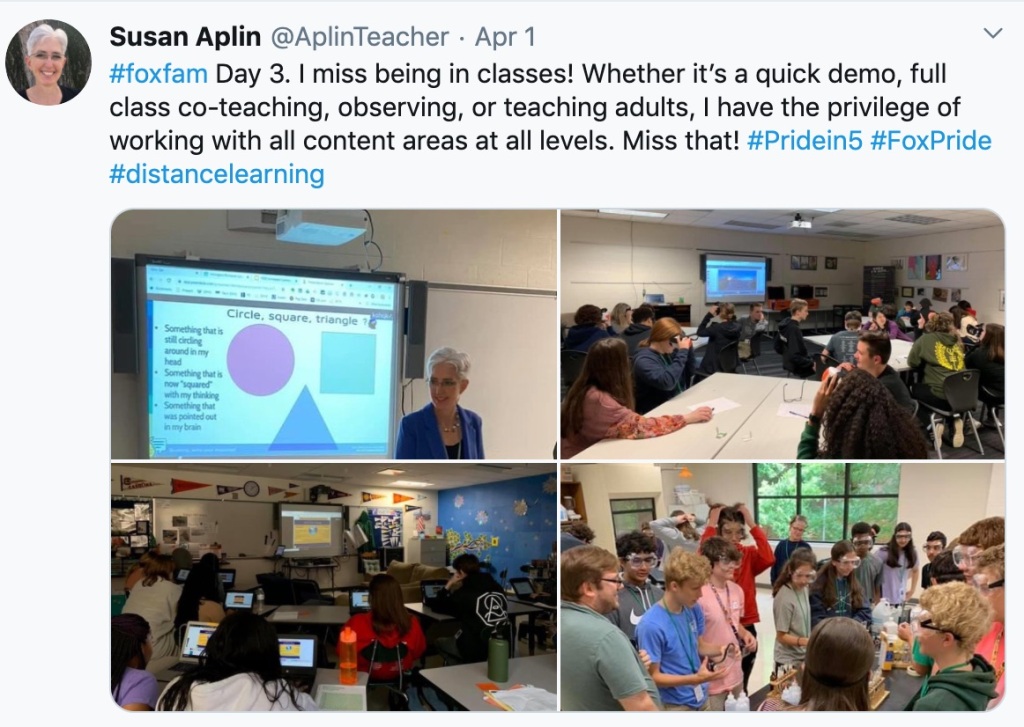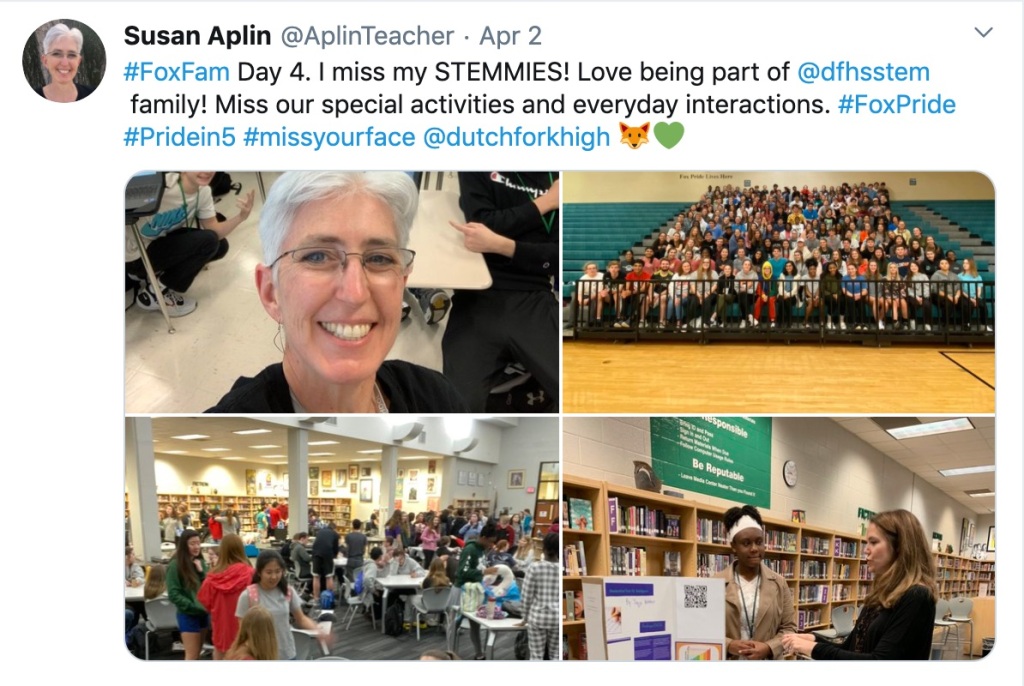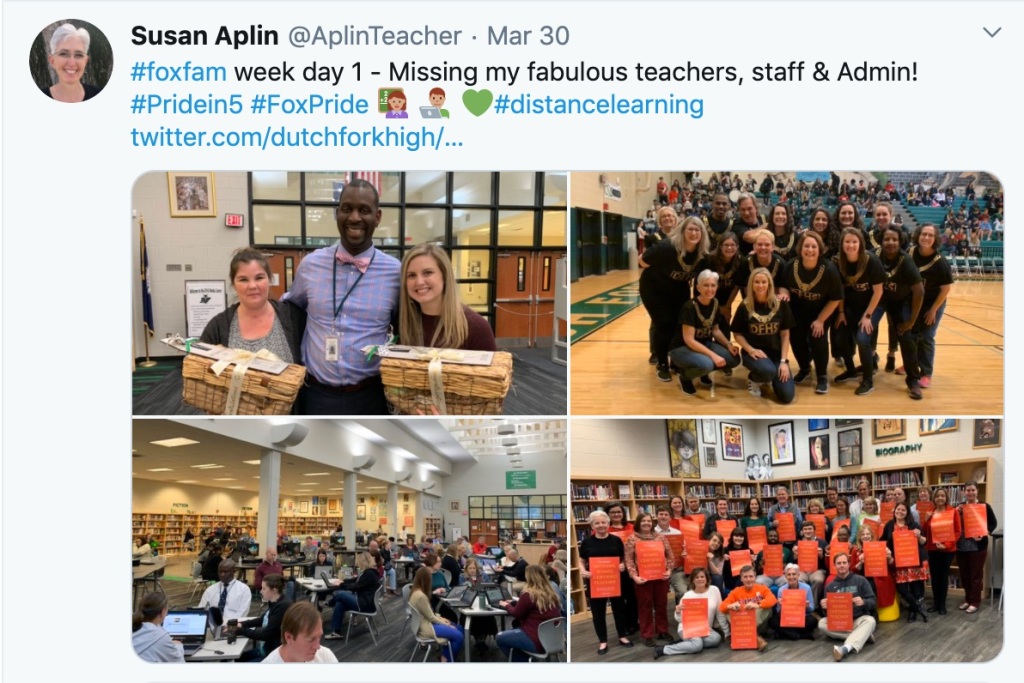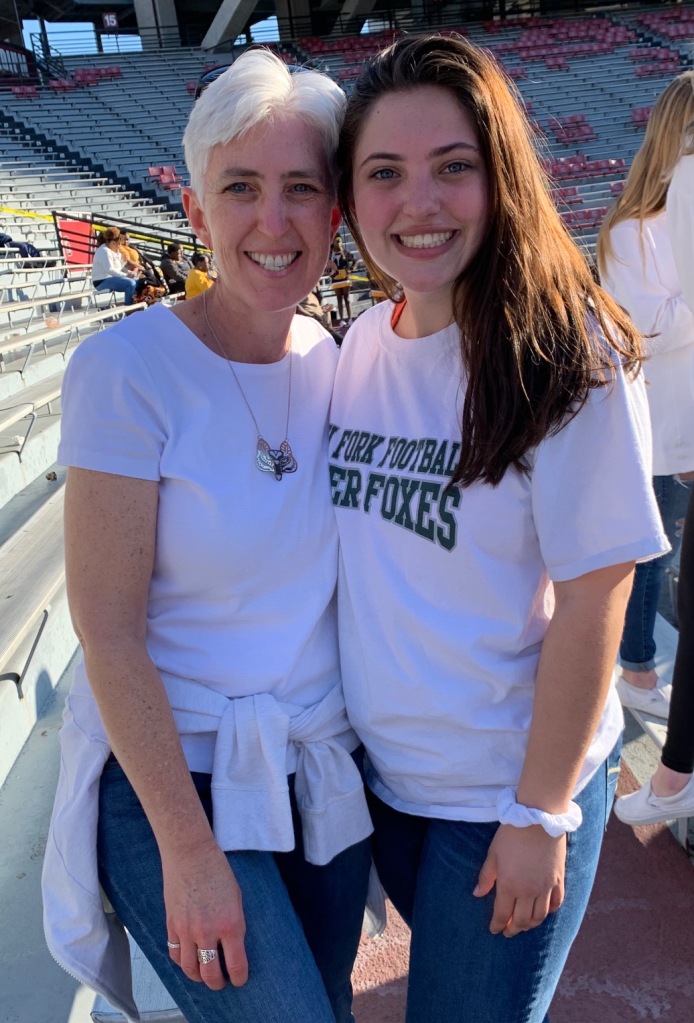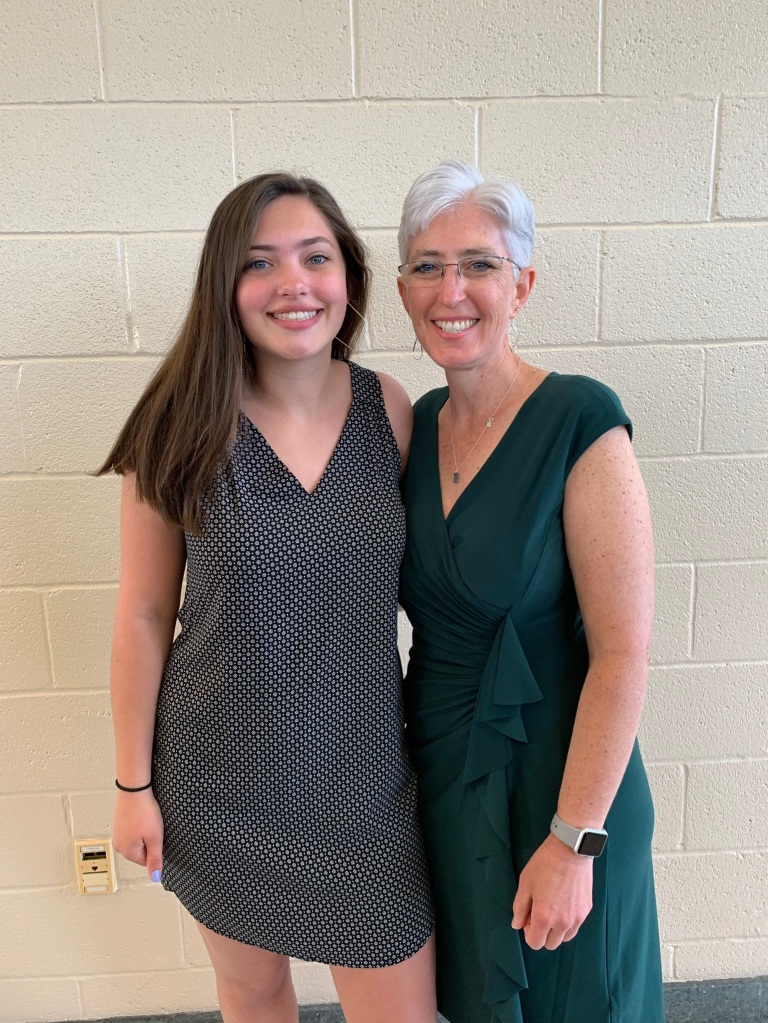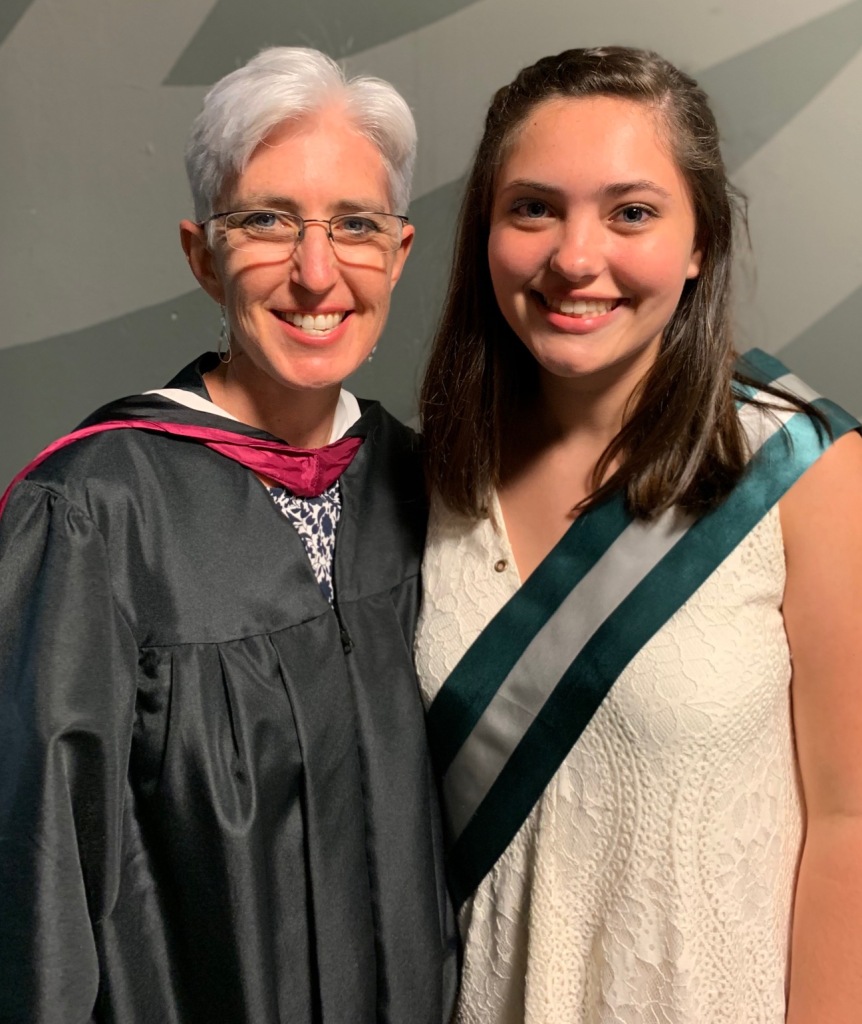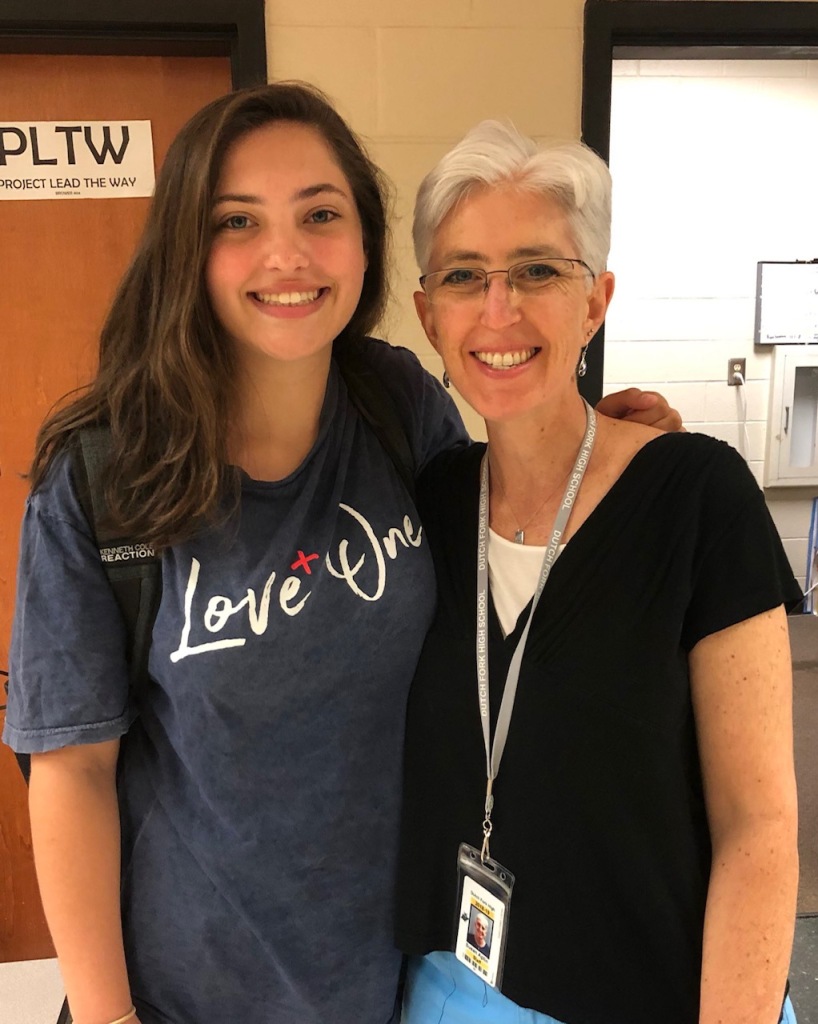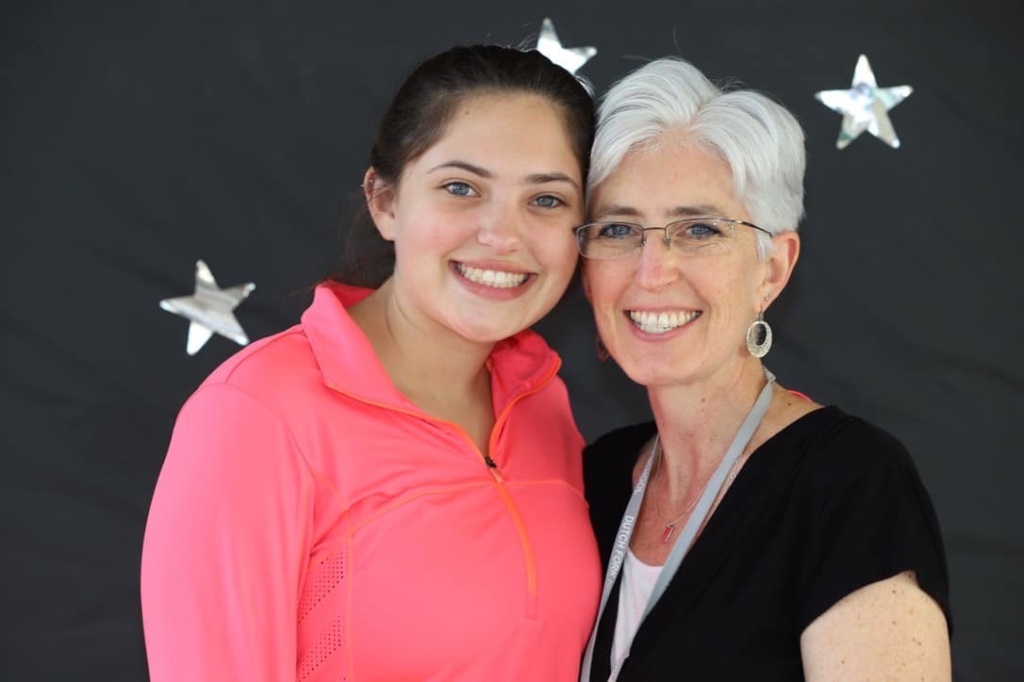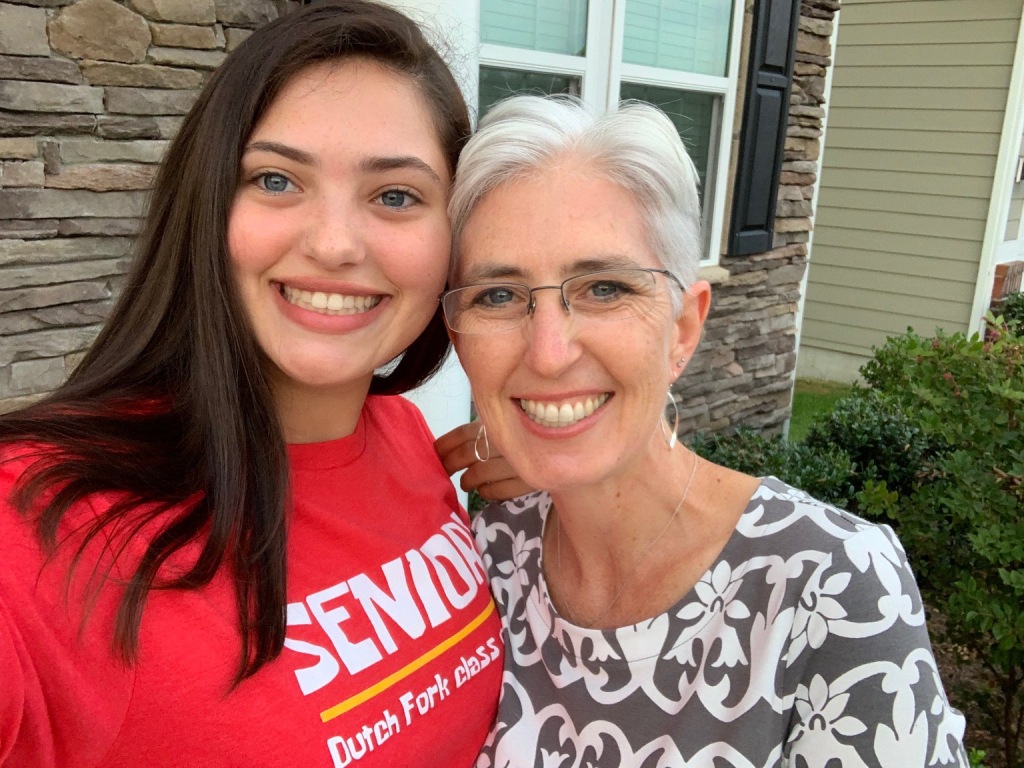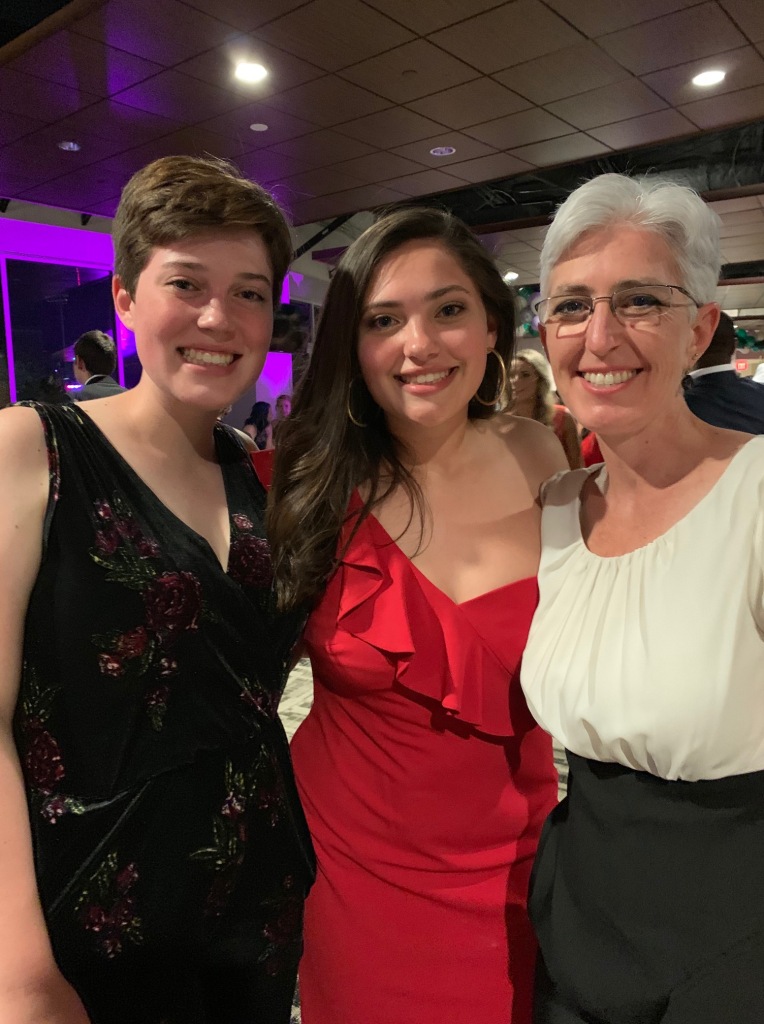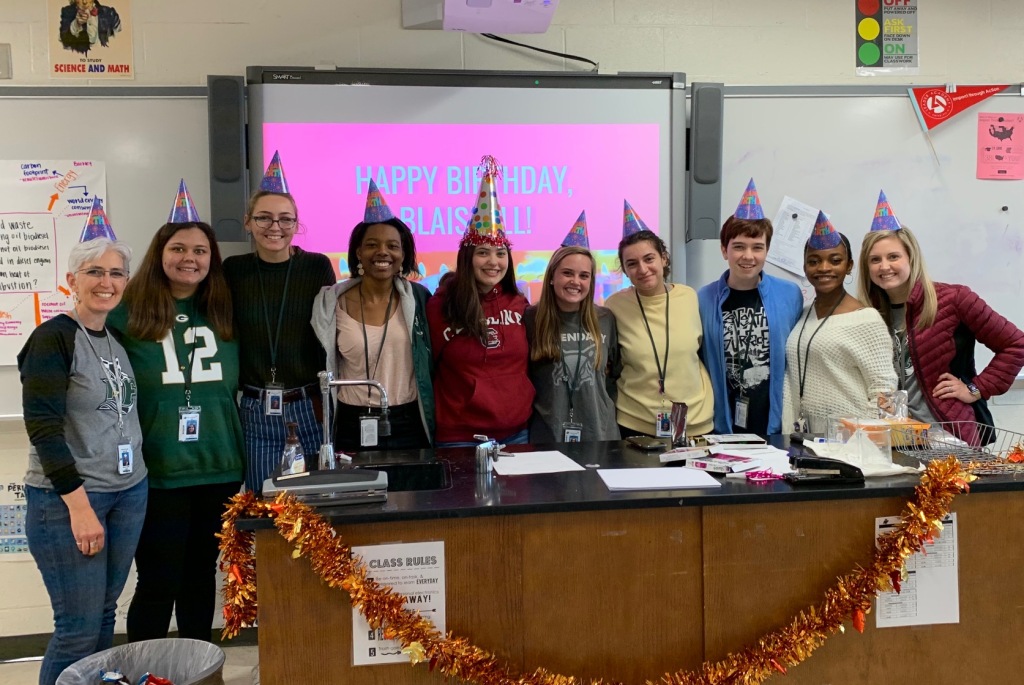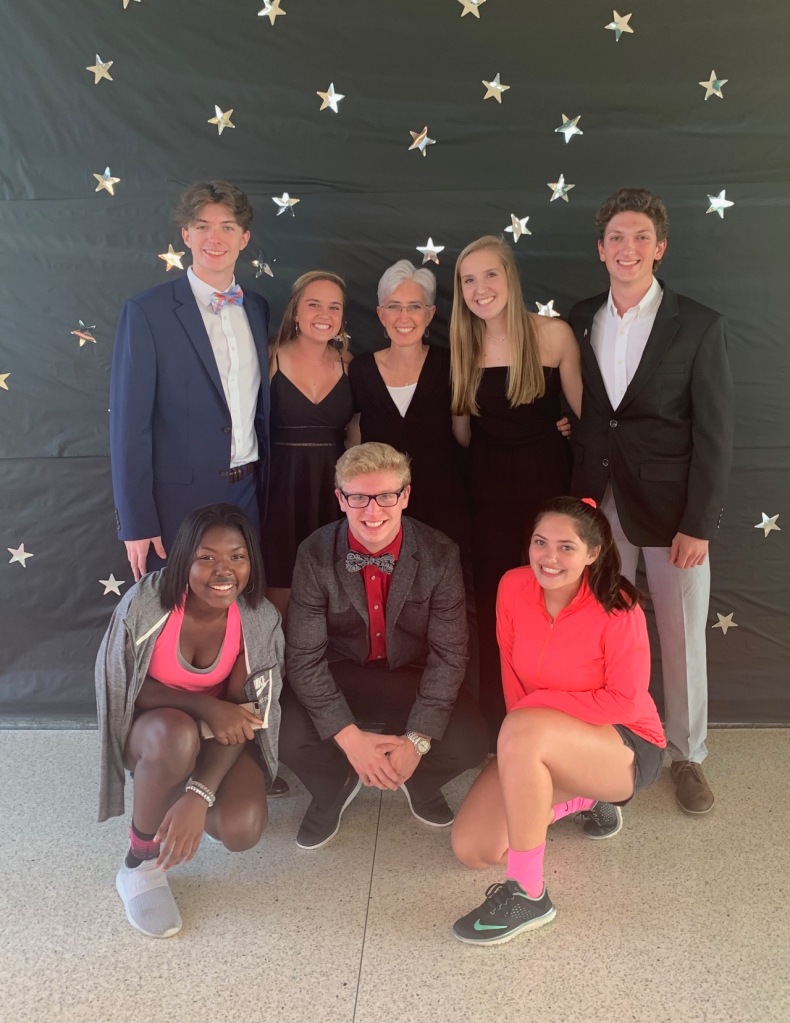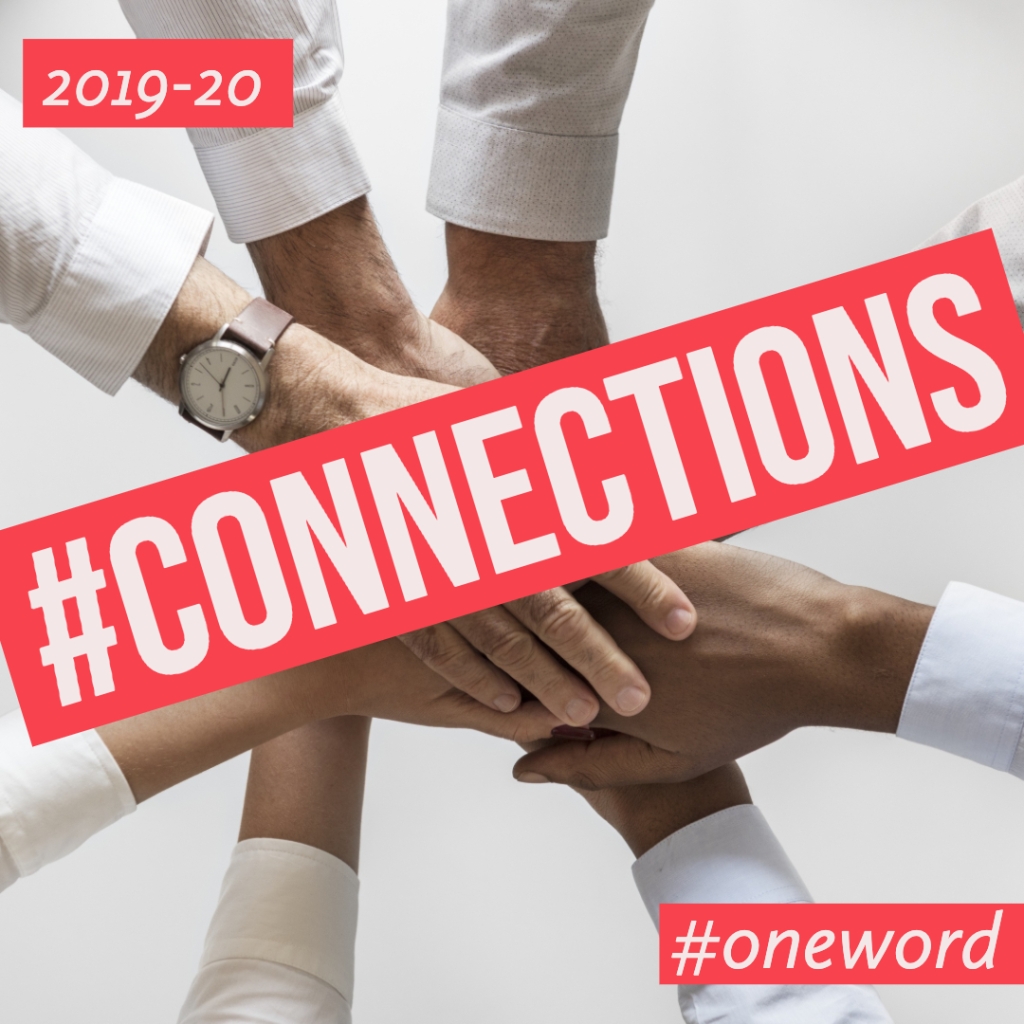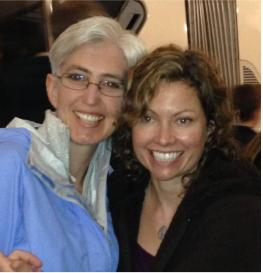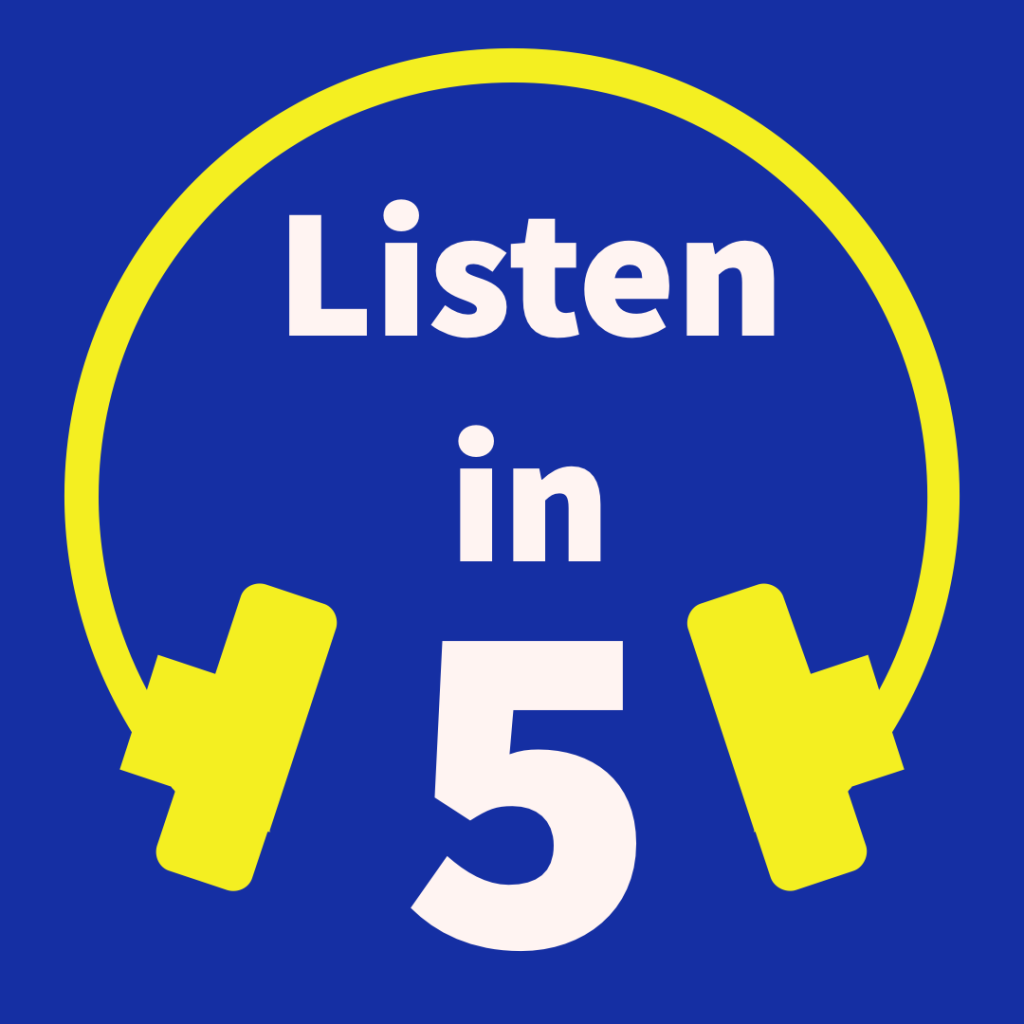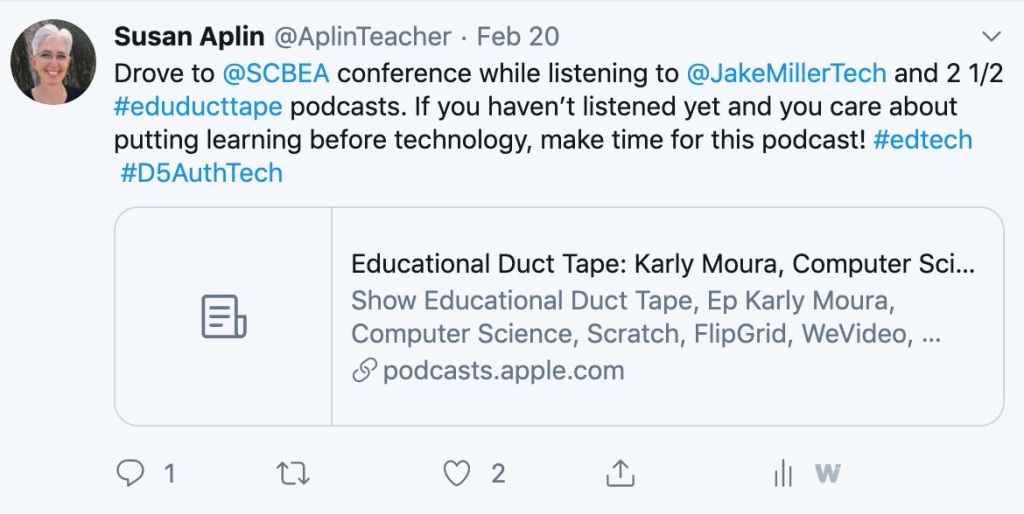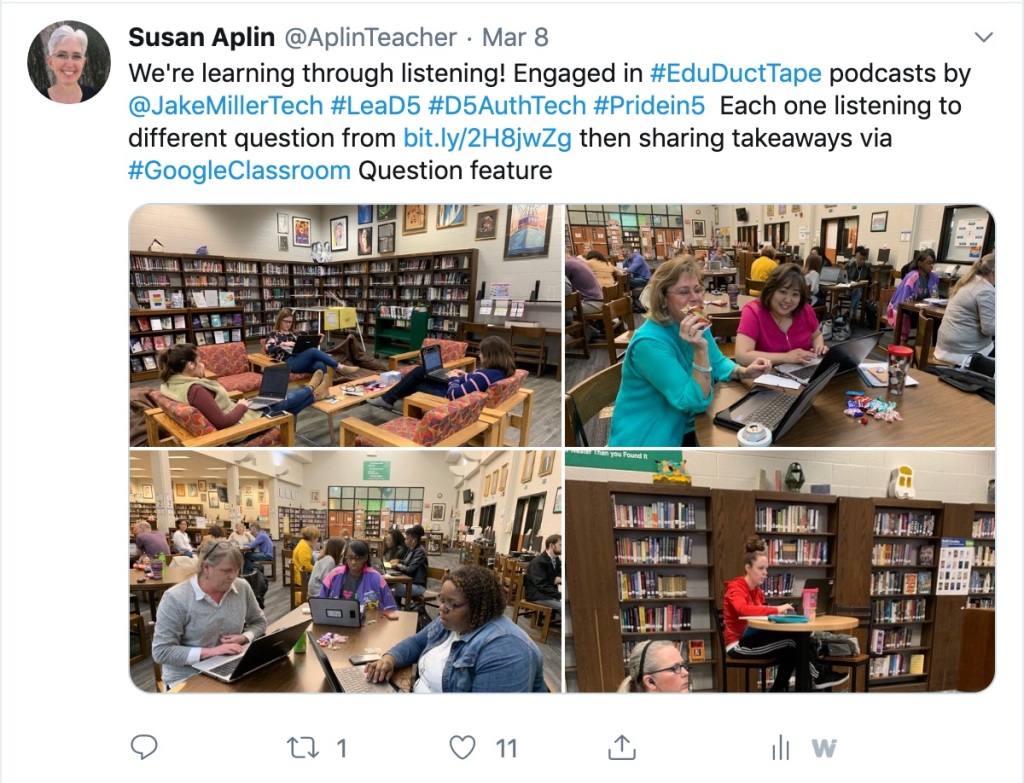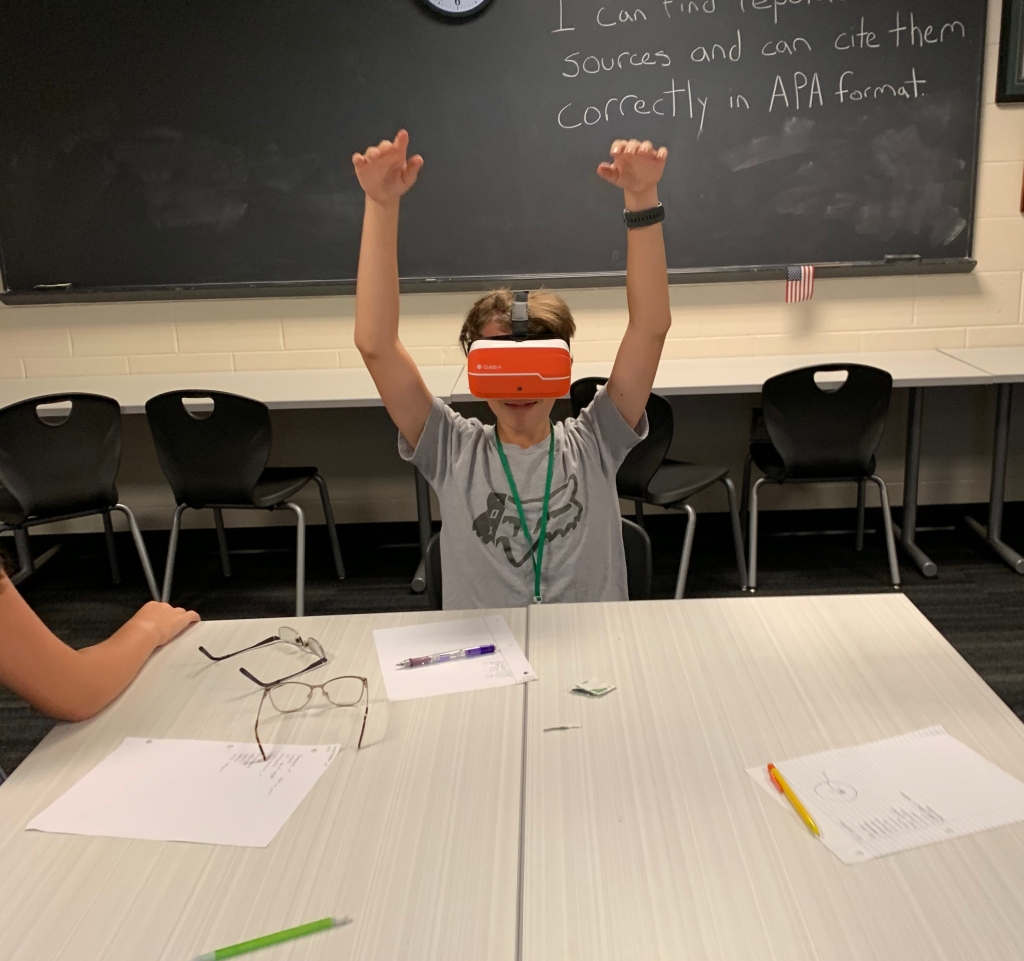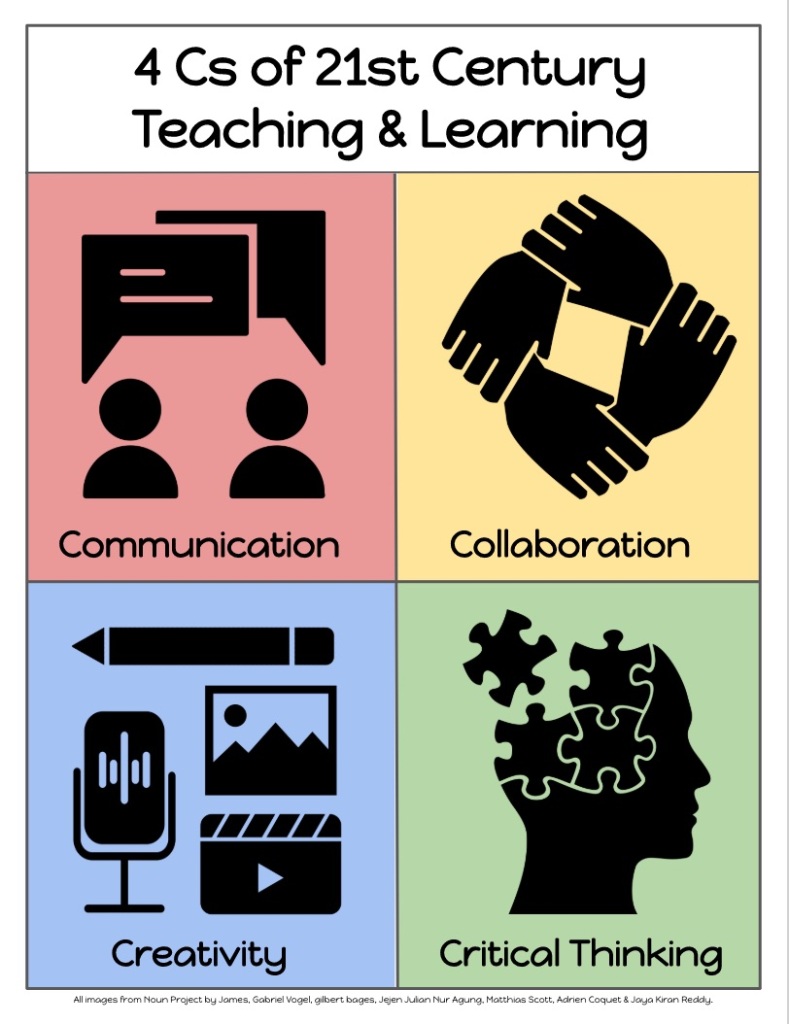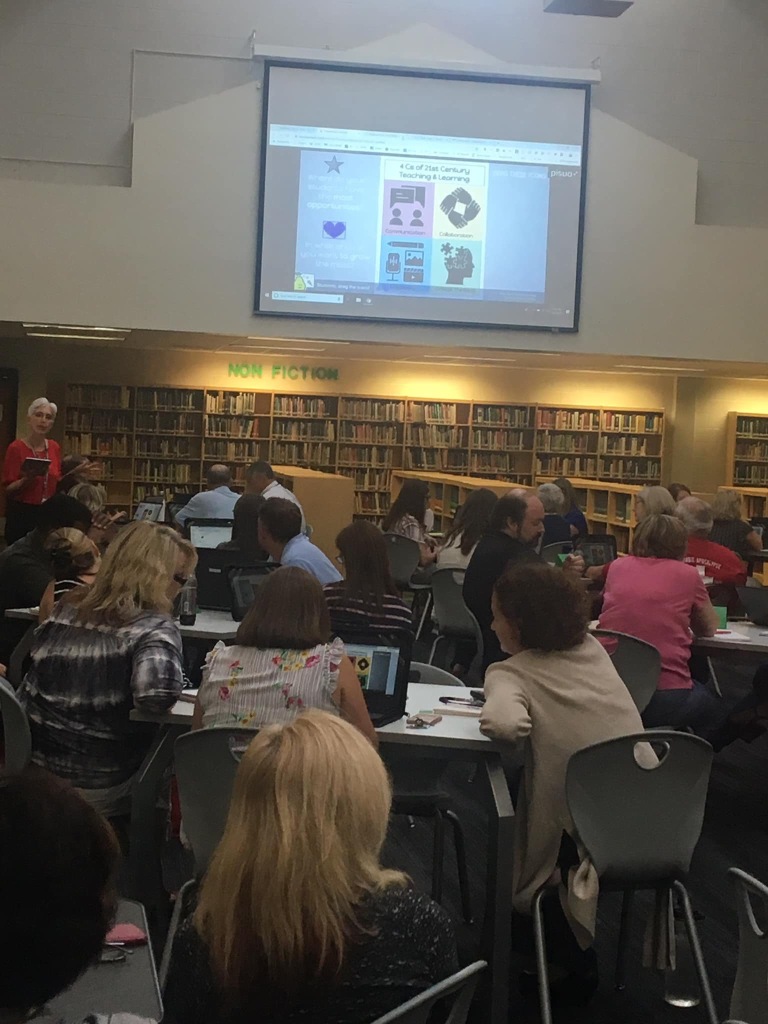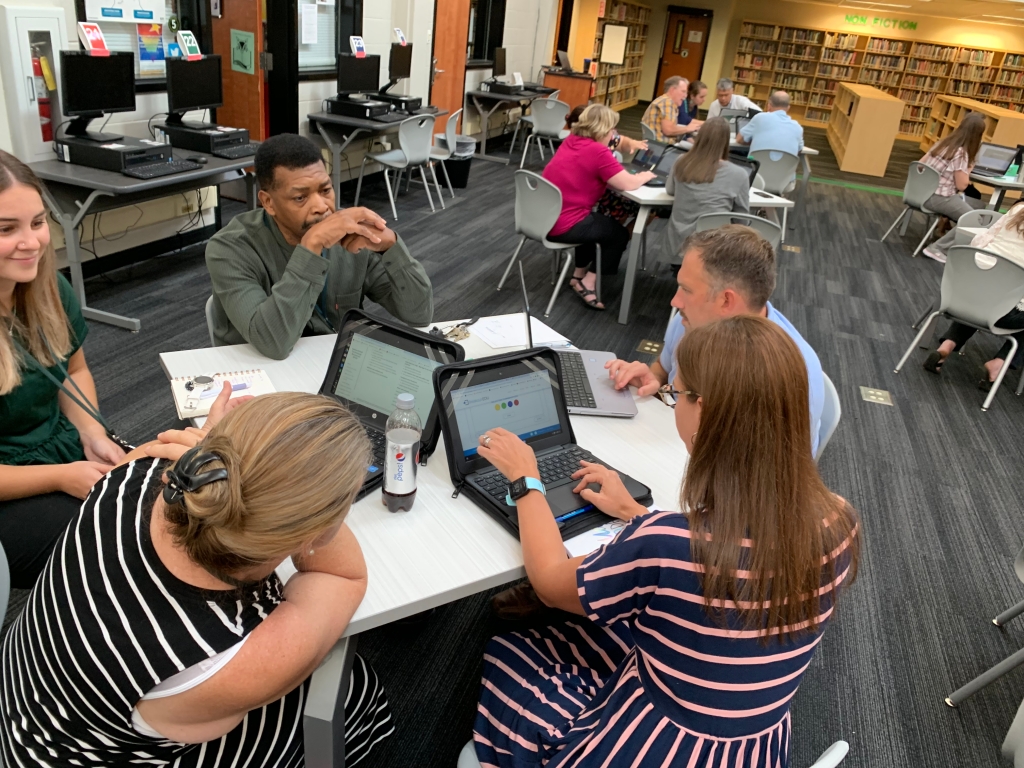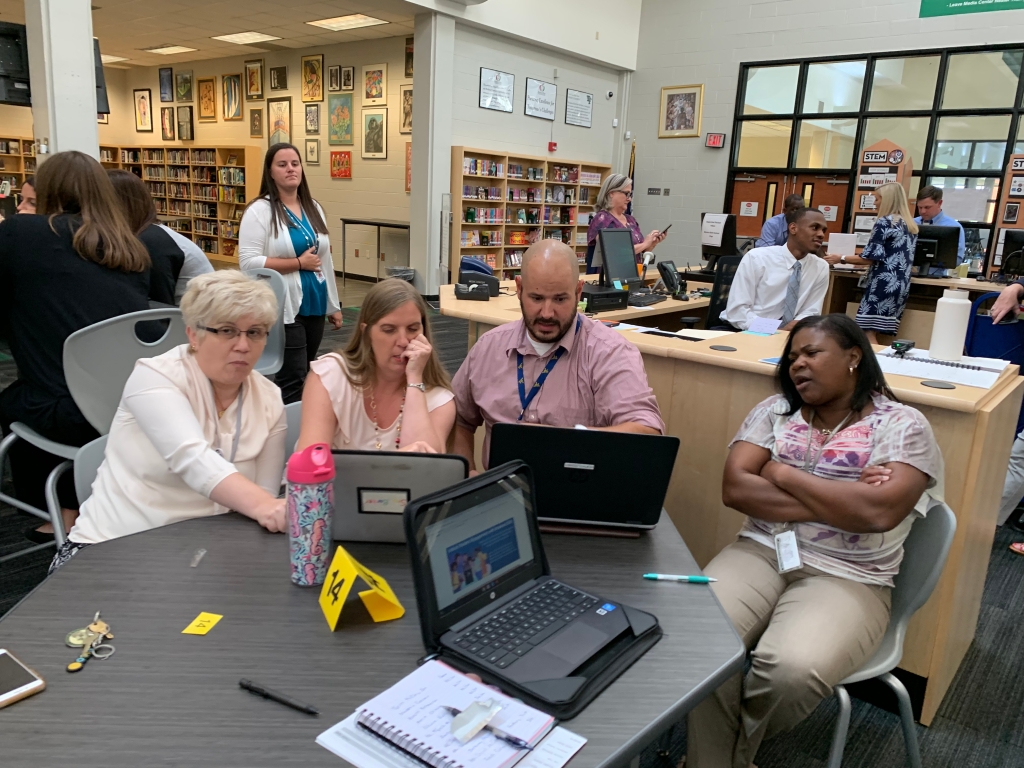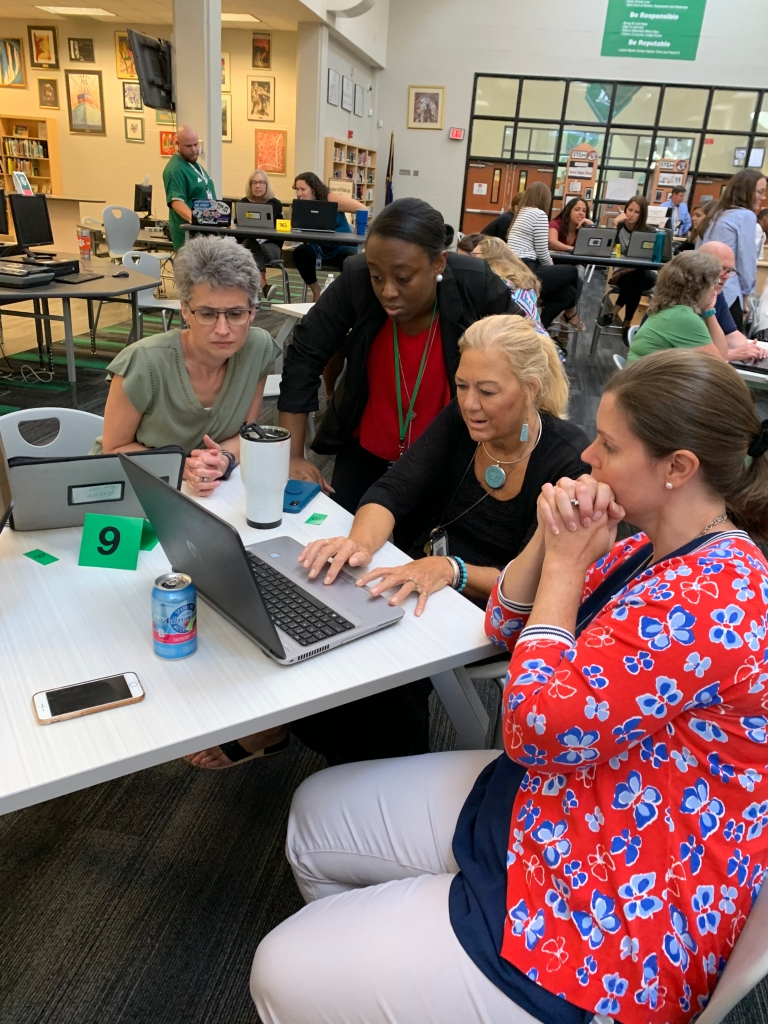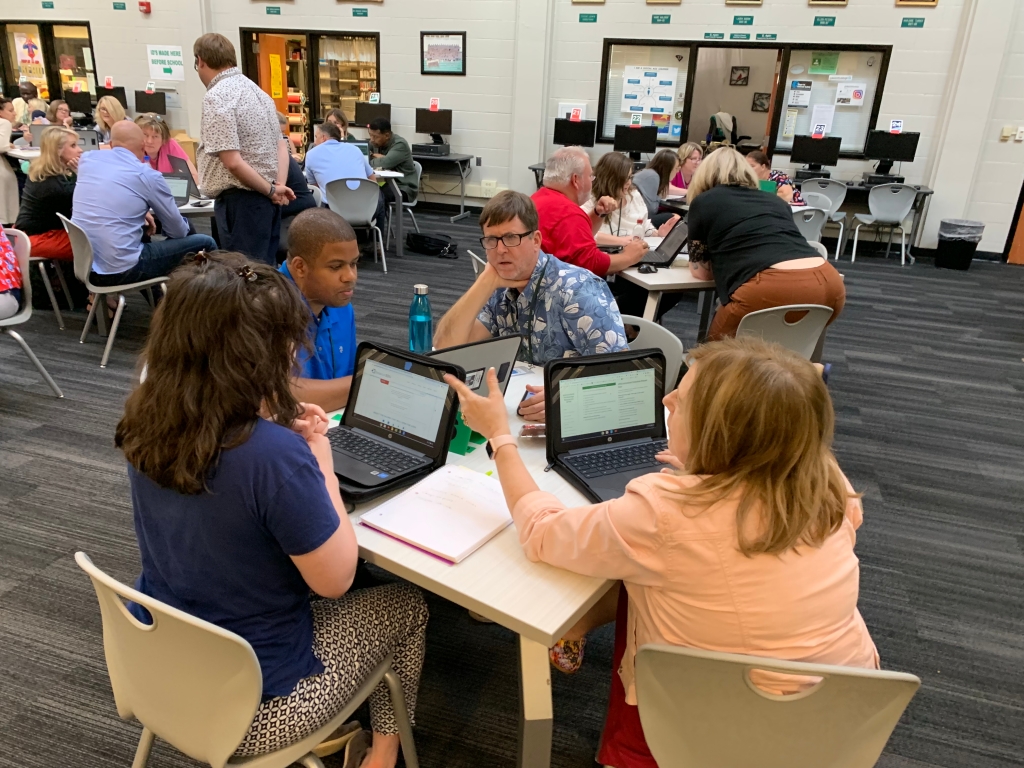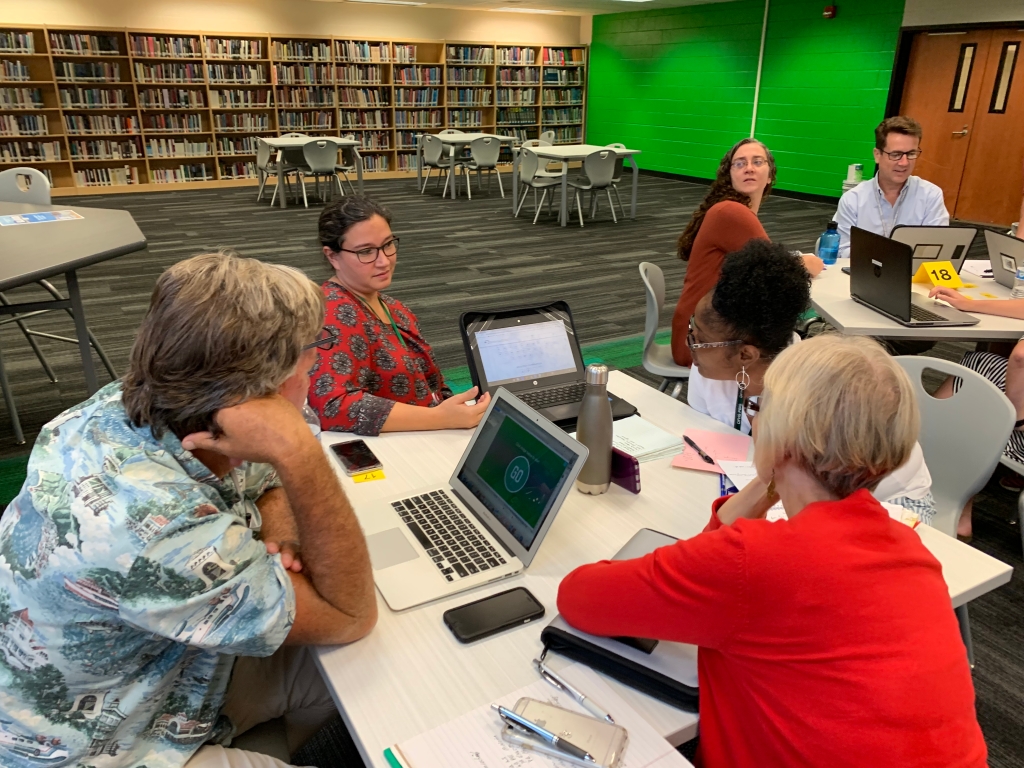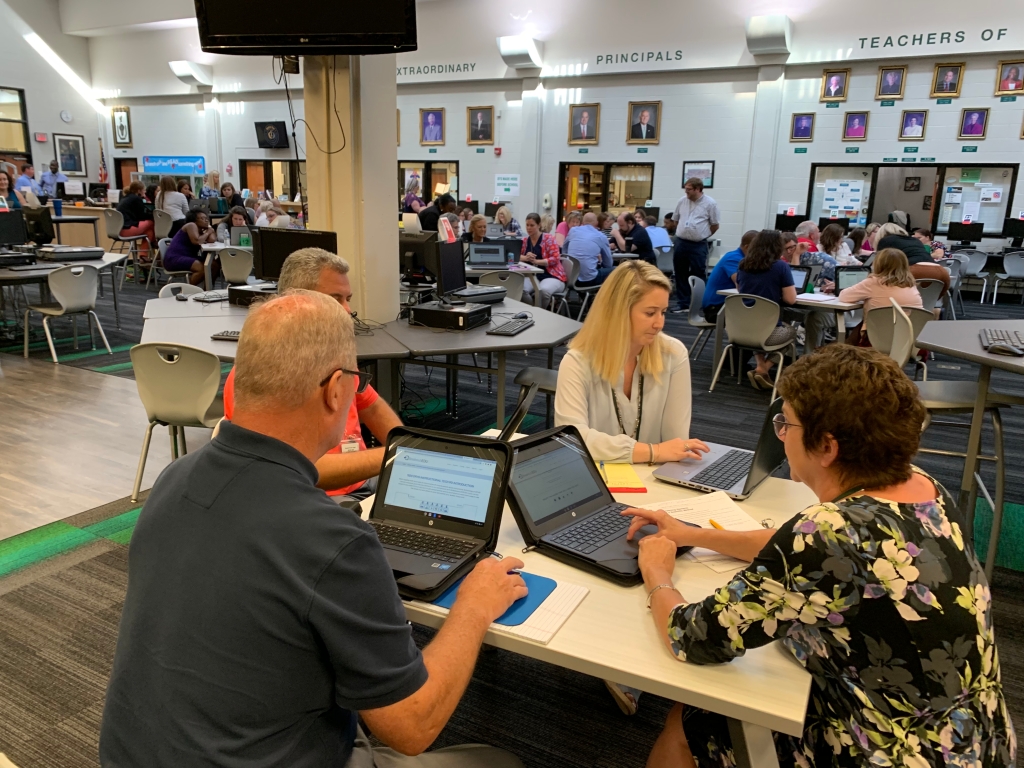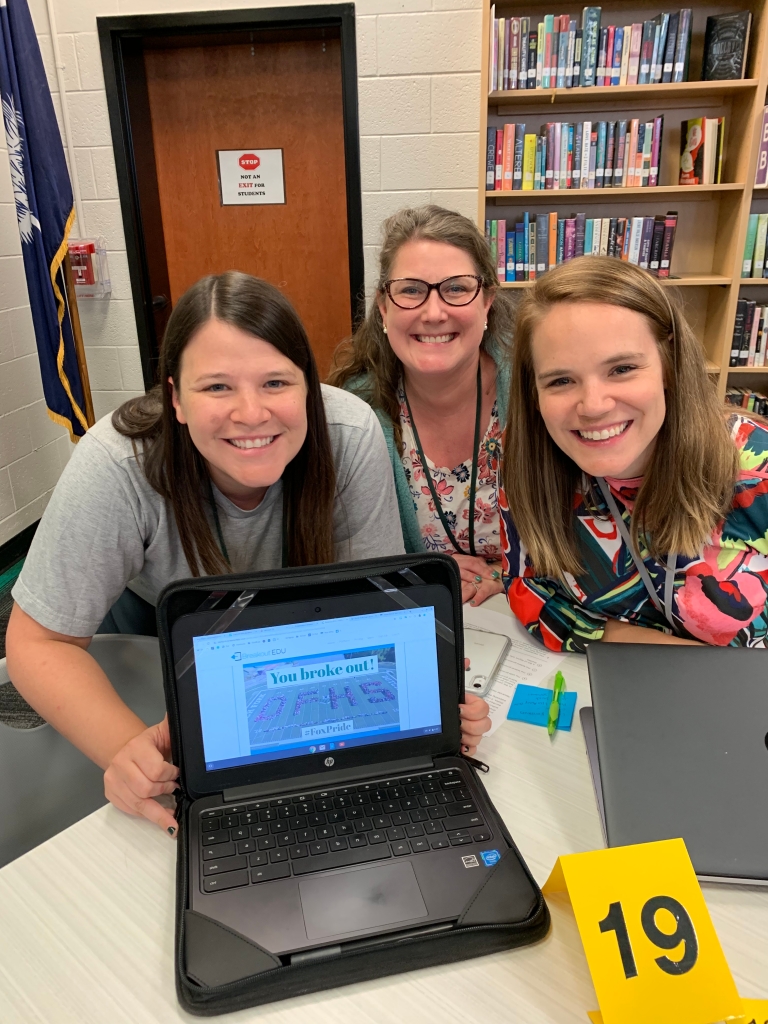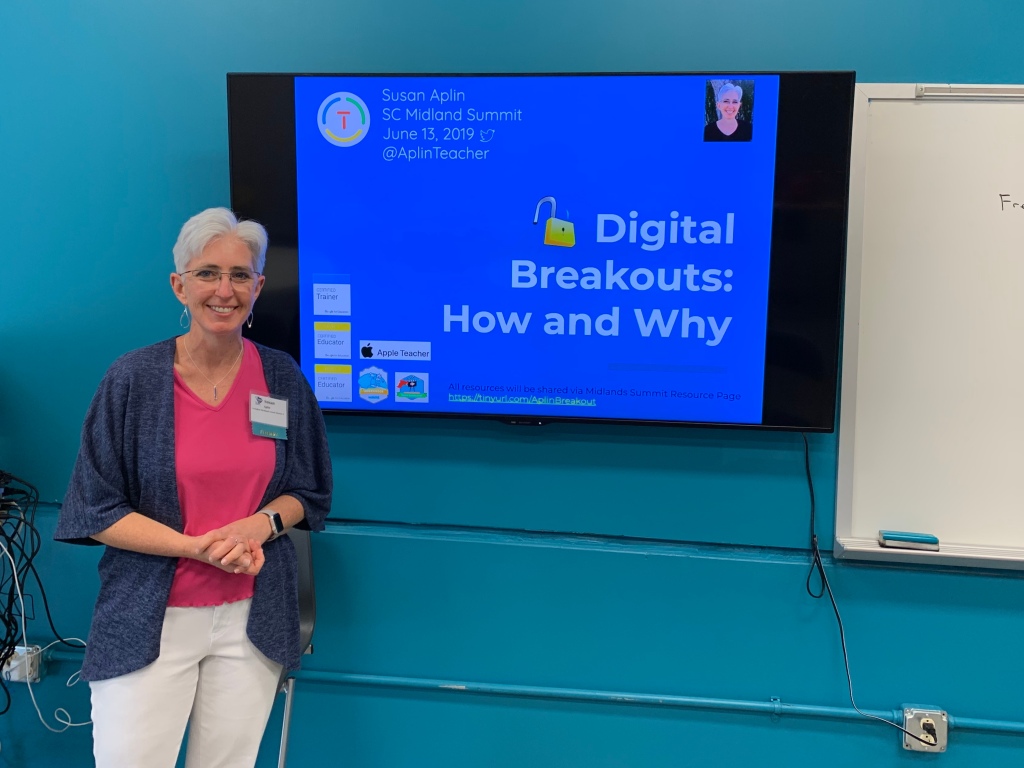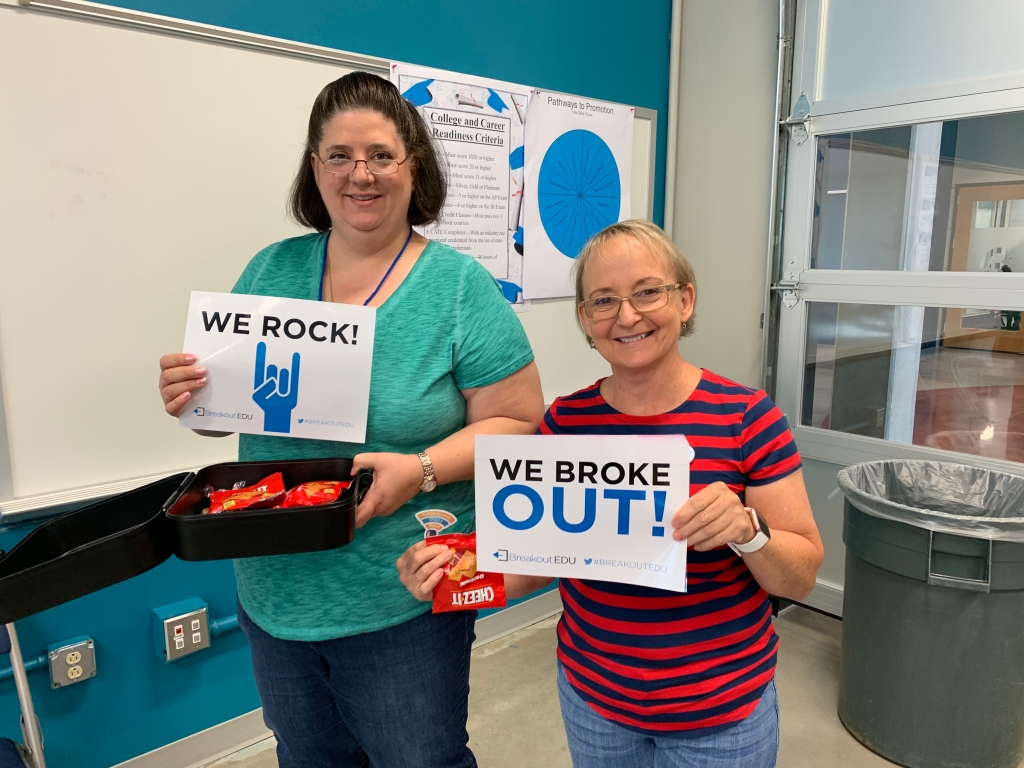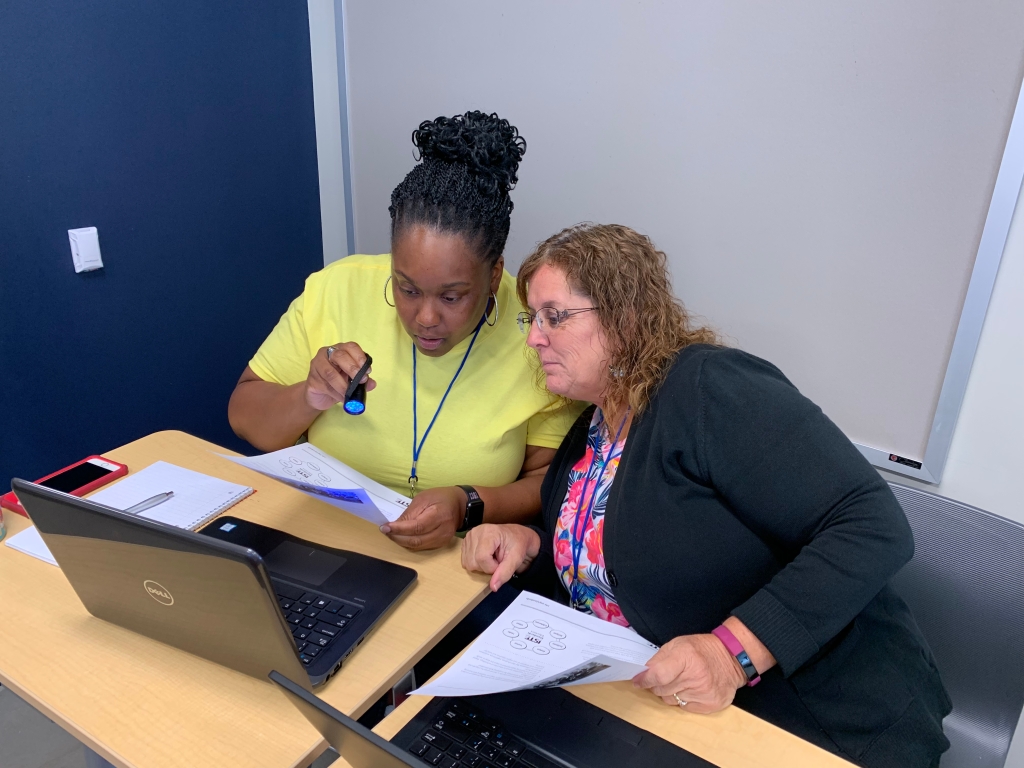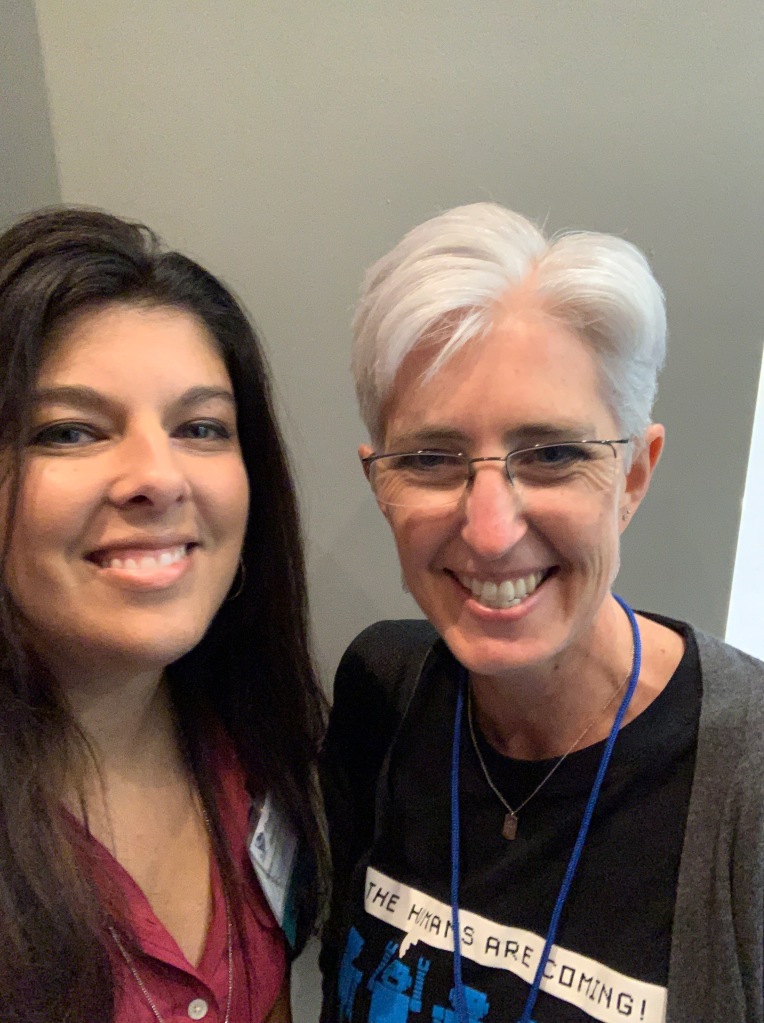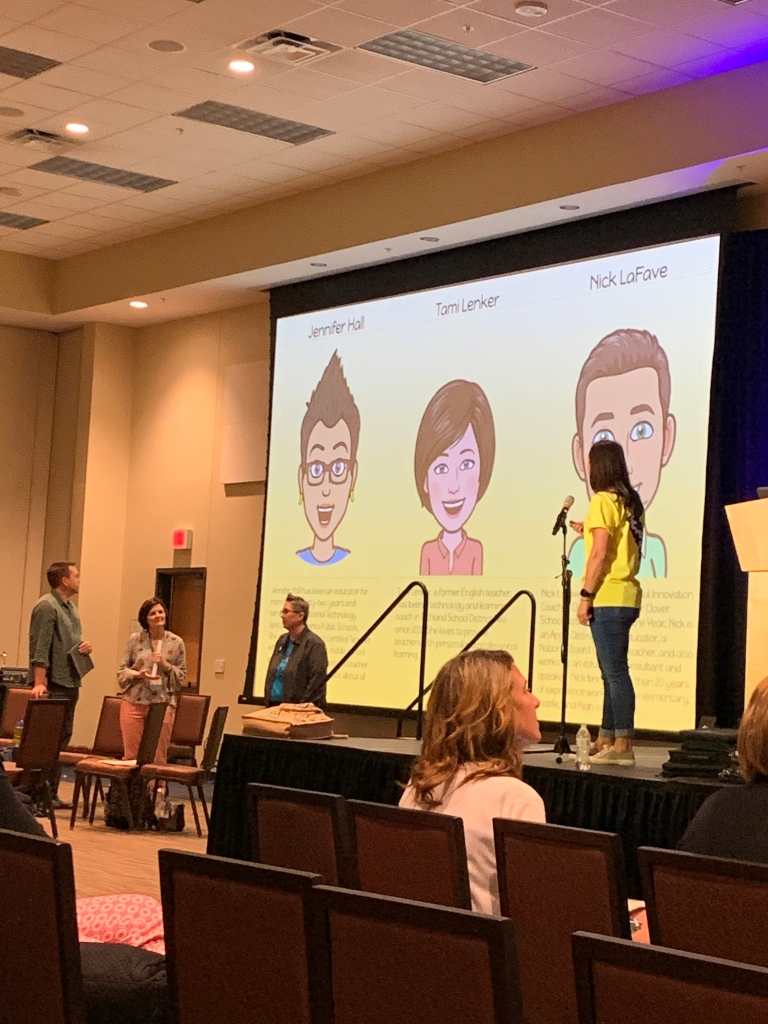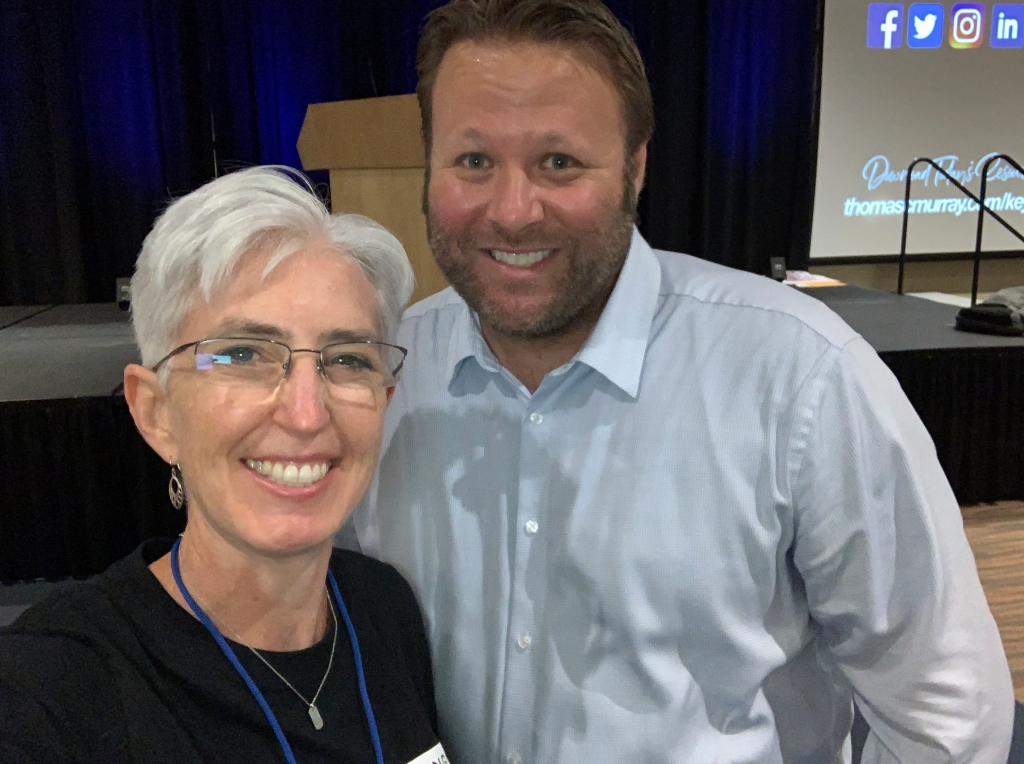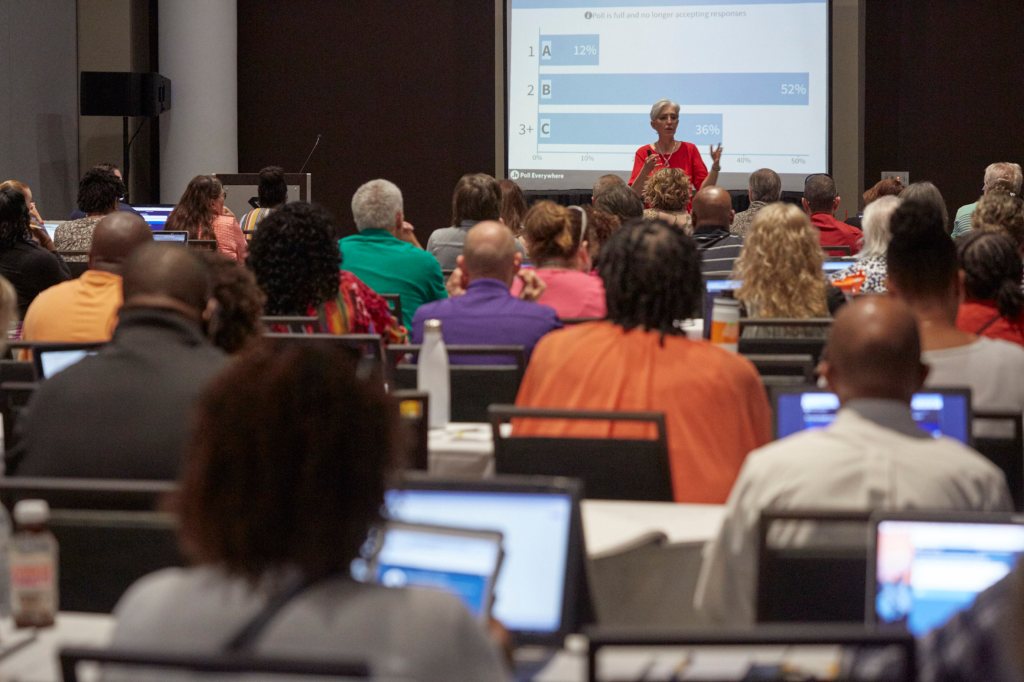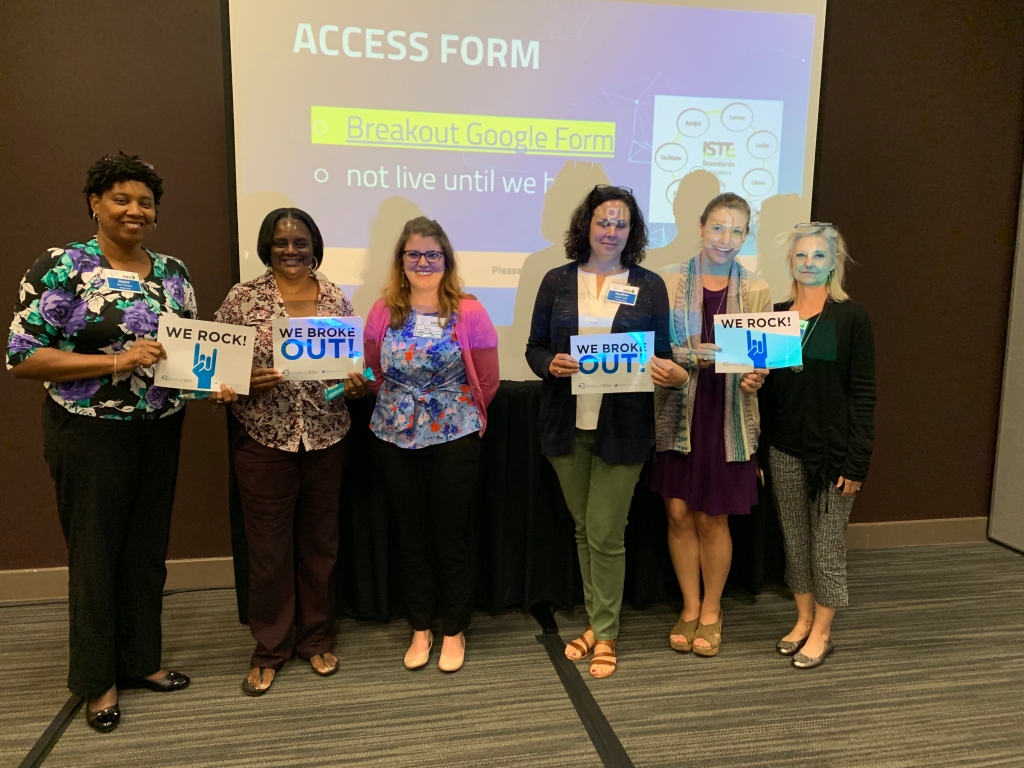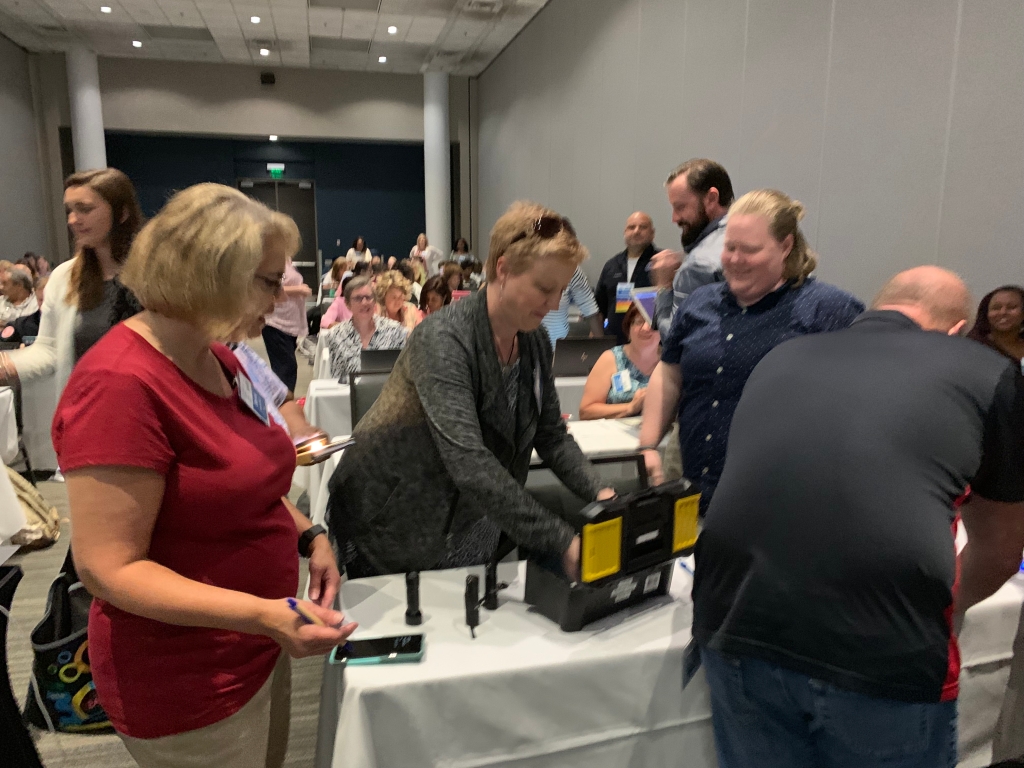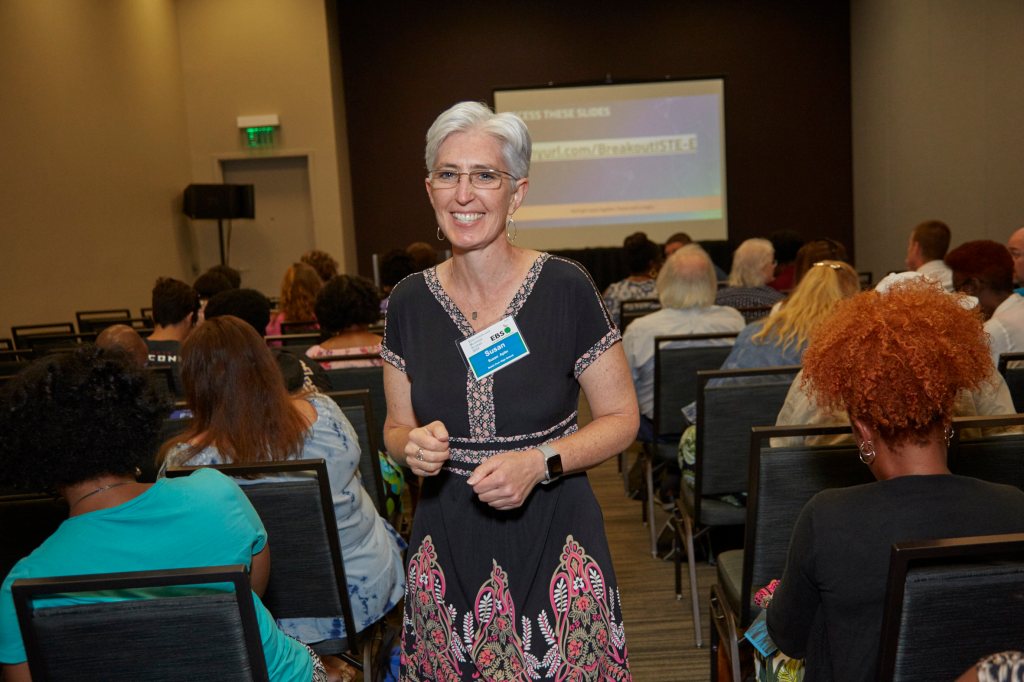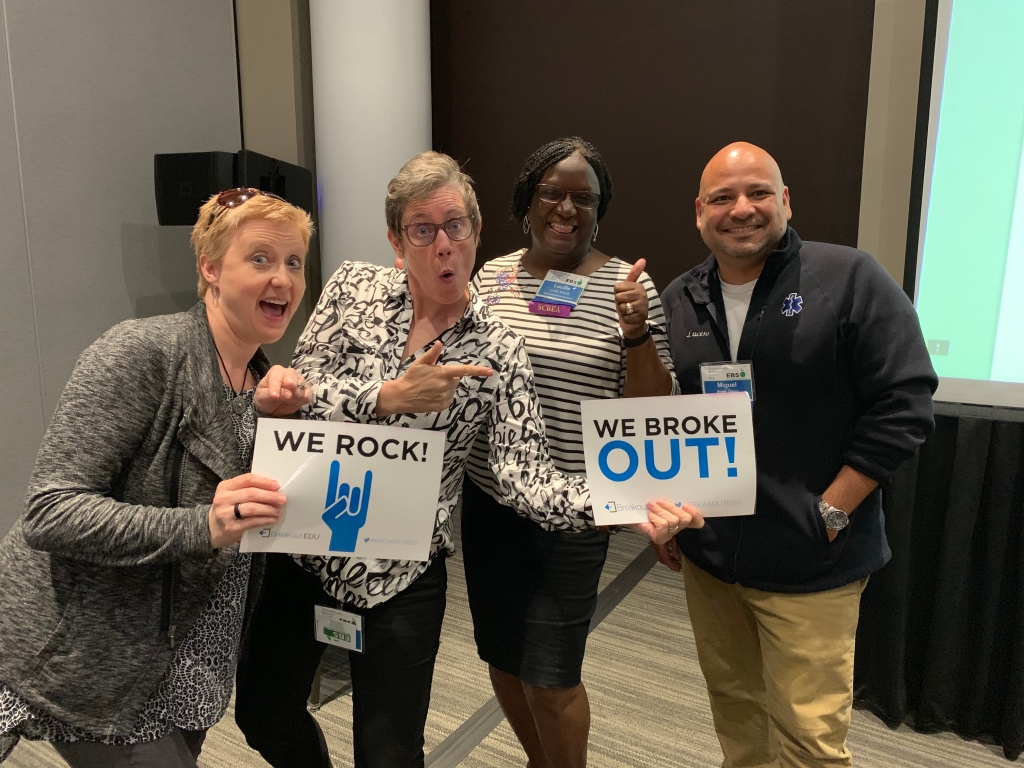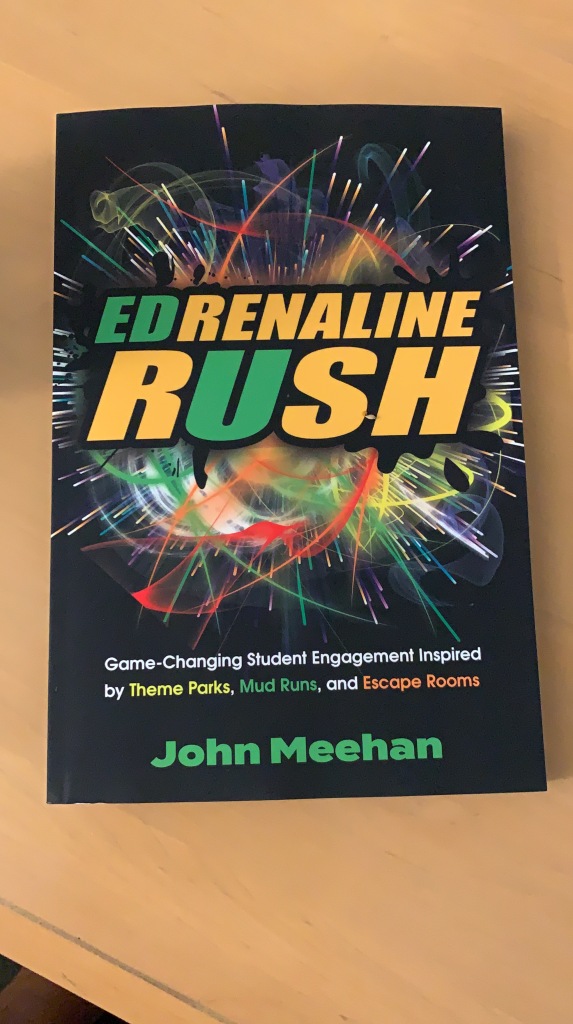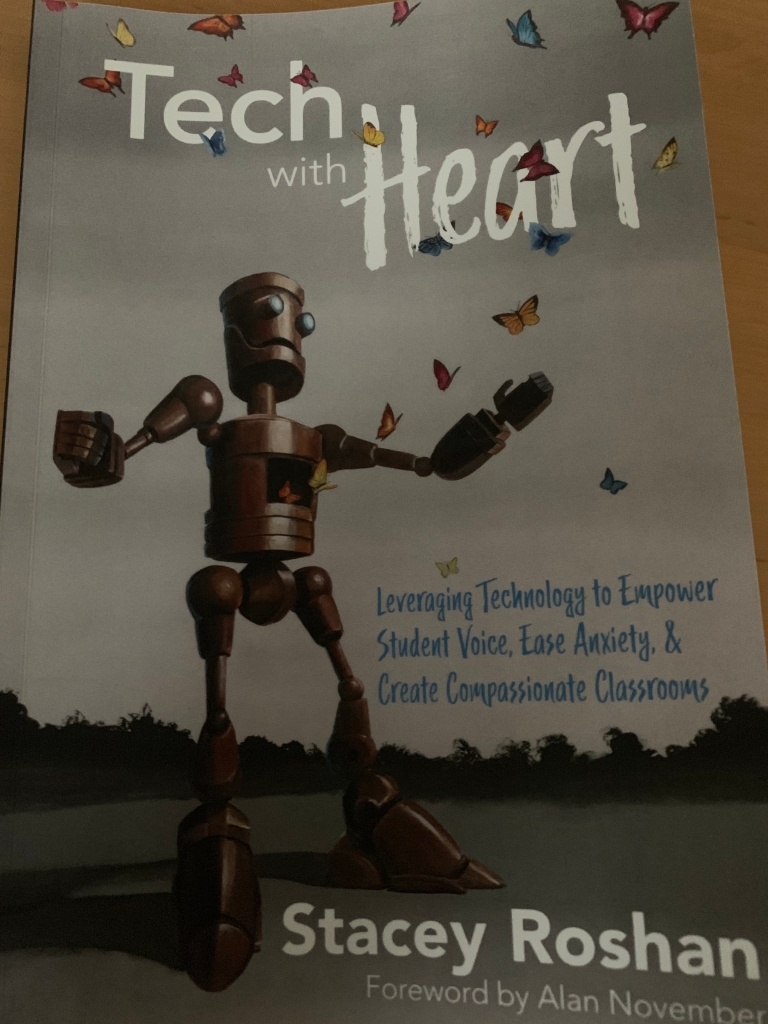This year has been difficult for everyone. That includes anyone in education: teachers, administrators, counselors, students, staff, and parents.
And for many of us who teach and work in South Carolina schools, yesterday was the day when our morale hit an all time low.
As educators we watched our governor and some of our elected officials tell us that we did not do a good enough job in the spring of 2020. They told us that despite our best efforts to literally change our entire way of teaching in one weekend, what we did was not enough. We were told we failed (well, a D-, but that’s close enough).
I cannot speak for every school or every teacher, but I can speak to what I witnessed. I can speak about what I saw happen during the three months when school buildings may have been closed, but school was certainly open.
Spring 2020 was an incredibly stressful time, much like now. We did not do everything right, but we did do so many wonderful things, especially given the information and resources we had at the time. And I KNOW that we helped so many of the students of the students we teach and love.
So, if you did not have a chance to witness firsthand what happened in education in the spring of 2020, please let me share JUST SOME of the things that I know teachers and other educators in our schools did this spring.
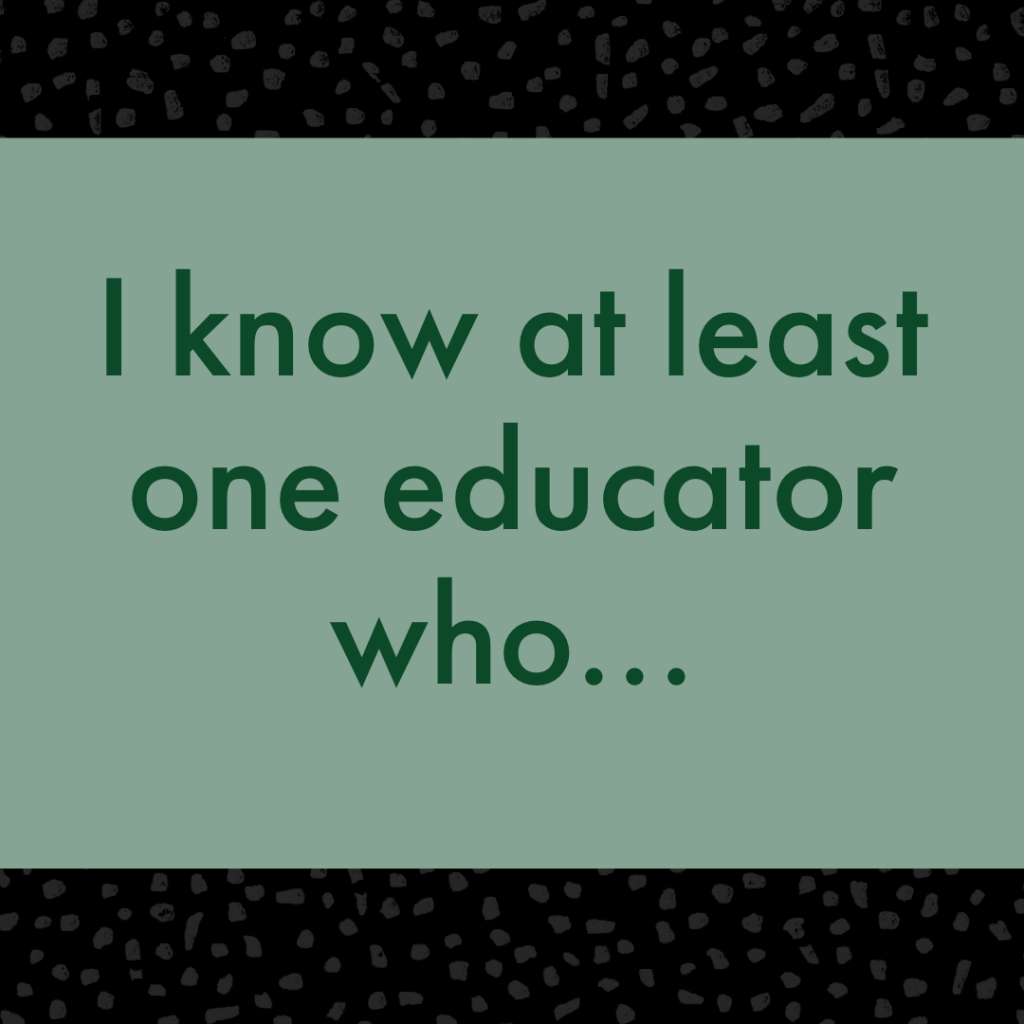
I know AT LEAST ONE EDUCATOR who . . .
- Drove to each of her student’s homes to deliver books for them to read
- Met with students online at all hours to help them learn
- Learned new ways of teaching she’d ever tried before
- Coordinated an online meeting with a guest speaker to help his students learn about social justice
- Spent hours learning and practicing with new online tools that would help their students
- Recorded himself and his lessons so students could watch and rewatch the videos when they needed to
- Guided students successfully through the first ever at home online AP exams
- Called students and parents repeatedly to check on them and sometimes just to listen
- Supported students who were caring for siblings, parents, and grandparents
- Created entirely new lessons to address standards she’d taught successfully in person for many years.
- Attended social distanced graduation and birthday celebrations for their students
- Collaborated by phone and online with other teachers to create the best learning experiences possible under the circumstances
- Created websites of new resources for students, parents, and other teachers
- Mailed students hand written personal notes of encouragement
- Met groups of students online after schools hours because those students took care of younger siblings and neighbors when parents were at work
- Attended online webinars to learn more about how to teach and help students
- Spent her own money on educational materials for herself and her students
- Set up a classroom sized whiteboard in his home to use to teach
- Coordinated and attended online Individual Education Plan (IEP) and 504 meetings so students could continue to receive the special services and accommodations they need
- Rearranged space in her house to have a place to teach
- Used their personal money to purchase school supplies for students
- Taught her own children from home while still teaching her 150 high school students
- Met one-on-one with other teachers to help them learn new tools and strategies
- Replied to hundreds of emails from students and parents
- Helped families get access to computers and at home internet
- Stood outside school buildings for hours on multiple days to distribute books, learning materials, and meals
- Used their own money to purchase or upgrade their home internet and other “necessities” so they could work from home
- Took engineering projects home to finish them in her own workshop
- Modeled resiliency and growth for students
- Helped other educators
- Made a difference in the life of a student
This list is long, but it is hardly complete.
Despite the current challenges and despite the lack of support from our governor and others, I have never been more proud to be an educator.
I hope you will celebrate and support the educators you know.
Share what they did and continue to do to help their students, parents, colleagues, and community.
